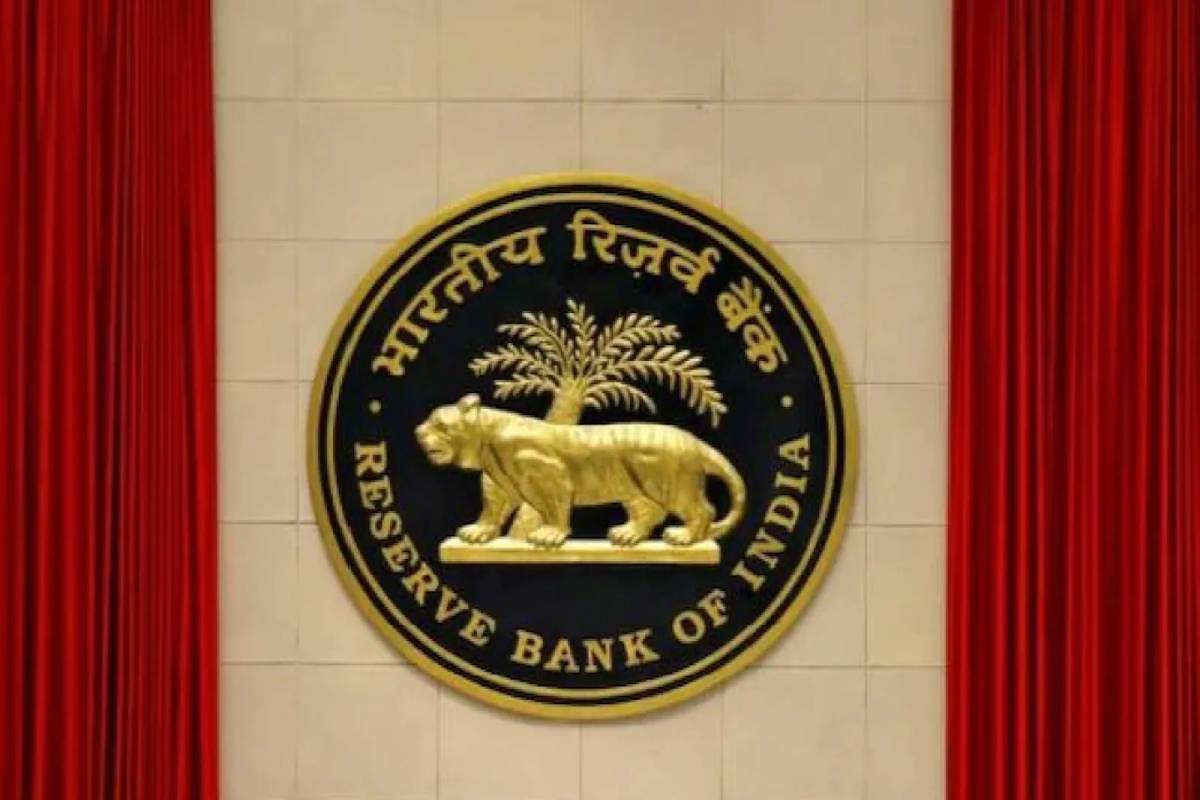The Reserve Bank of India (RBI), chose to maintain the status quo on interest rates for the sixth con- secutive quarter. The nation now finds itself at a crucial monetary juncture. The decision to keep the key repo rate steady at 6.50 per cent reflects the RBI’s unwa- vering commitment to the challenging path of achieving its 4 per cent medium-term inflation target. RBI Gover- nor Shaktikanta Das, in a nuanced statement, highlight- ed the focus on the “last mile of disinflation.” This phrase captures the essence of the central bank’s dilem- ma ~ the arduous journey of fine-tuning inflation to meet its target. Achieving disinflation is indeed a for- midable task, particularly when faced with unforeseen challenges such as food price shocks that disrupt the pace of reaching the inflation goal. The central bank’s cautious approach, as echoed by Mr Das, hints at a strat- egic commitment to economic stability. Despite a resi- lient economy that has outpaced most forecasts and is projected to grow at a commendable 7 per cent in 2024- 25, the RBI acknowledges the intricacies of the last leg of disinflation.
This underscores the prudence of the central bank, which raised rates by 250 basis points between May 2022 and February 2023, signaling a proactive stance on infla- tion. Economists, on the other hand, seem to be divided on the timeline for potential rate cuts. While some antic- ipate a change in the central bank’s stance in the first quarter of 2024-25, others suggest a more cautious approach, predicting a rate-cutting cycle only in the sec- ond quarter. This divergence in opinions mirrors the uncertainty permeating the economic landscape. The central bank’s projection of retail inflation at 5.4 per cent for 2023-24, unchanged from the previous estimate, indicates a steadfast monitoring of inflationary pres- sures. However, the expectation of a decline to 4.5 per cent in the following year, assuming normal rains, sug- gests a measured optimism in the RBI’s outlook.
Advertisement
Amidst these deliberations, the RBI remains com- mitted to managing banking system liquidity. Deputy Governor Michael Patra’s assertion that the central bank will be “nimble” in using available tools underscores a dynamic approach to liquidity conditions. The objec- tive, as stated, is to keep overnight market rates aligned with the policy rate, a crucial aspect in achieving a deli- cate balance between inflation control and economic growth. Tight liquidity conditions, persisting for much of the last quarter, have kept overnight market interest rates higher than the policy rate. This prompts expecta- tions of the RBI fine-tuning liquidity conditions as a precursor to a potential shift in monetary policy. A deli- cate balance is needed to ensure inflation control with- out stifling economic growth. As the economy continues to evolve, the RBI’s dynamic approach to liquidity man- agement becomes a crucial tool in shaping the trajecto- ry of India’s monetary policy. The path forward demands vigilance, adaptability, and a judicious blend of proac- tive measures to achieve the delicate equilibrium that defines a robust economic framework.









